There is a clear relationship between alcohol and neurodegeneration; for example, an alcohol use disorder correlates with a higher risk of Alzheimer’s disease. It is unclear, however, whether individual differences in brain structure and connectivity are risk factors for, or consequences of, alcohol use. New research exploring this relationship will be shared on Wednesday, 26 June 2024 at the 47th annual scientific meeting of the Research Society on Alcohol (RSA) in Minneapolis, Minnesota.
Tag: Neurodegeneration
Activating molecular target reverses multiple hallmarks of aging
Researchers at The University of Texas MD Anderson Cancer Center have demonstrated that therapeutically restoring ‘youthful’ levels of a specific subunit of the telomerase enzyme can significantly reduce the signs and symptoms of aging in preclinical models. If these findings are confirmed in clinical studies, there may be therapeutic implications for age-related diseases such as Alzheimer’s, Parkinson’s, heart disease and cancer.
NUTRITION 2024 showcases groundbreaking research on what we eat and why it matters
Be among the first to hear breaking news in food and nutrition science at NUTRITION 2024, the annual flagship meeting of the American Society for Nutrition held June 29–July 2 at McCormick Place in Chicago.
FAU Researchers Receive $1M in FDOH Grants to Fight Alzheimer’s Disease
With this funding, FAU researchers will shed light on the biological functions of Alzheimer’s disease (AD) by taking advantage of synthetic chemistry strategies; provide an innovative online screening tool for older drivers with cognitive decline; and gain a deeper understanding of the role of brain cholesterol in AD.
Scientists identify cell vulnerability ‘fingerprint’ related to Parkinson’s, Lewy body dementia
A new study offers a first look into the complex molecular changes that occur in brain cells with Lewy bodies, which are key pathological hallmarks of Parkinson’s disease and some dementias.
Study Suggests Racial Discrimination During Midlife Associated with Alzheimer’s Disease Pathology Later in Life
Racial discrimination experienced during midlife is associated with Alzheimer’s disease pathology, according to a new study from researchers at Wake Forest University School of Medicine and the University of Georgia. The findings appear online today in Alzheimer’s & Dementia: The Journal of the Alzheimer’s Association.

Obesity linked to neurodegeneration through insulin resistance
Researchers led by Mroj Alassaf at the Fred Hutchinson Cancer Research Center in the United States have discovered a link between obesity and neurodegenerative disorders like Alzheimer’s disease.
Study uncovers function of mysterious disordered regions of proteins implicated in cancer
IDRs comprise a large percentage of the human proteome and are particularly important for nuclear proteins that govern our genomic architecture and gene expression.

UCI researchers announce publication of an open-label clinical trial suggesting that N-acetylglucosamine restores neurological function in Multiple Sclerosis patients.
UCI researchers have found that a simple sugar, N-acetylglucosamine, reduces multiple inflammation and neurodegeneration markers in people who suffer from multiple sclerosis (MS). In addition, they also found this dietary supplement improved neurological function in 30% of patients.
Blood biomarker shows “great promise” predicting progression to Alzheimer’s disease in at-risk population
Neuroscience researchers at Wayne State University published a review article that confirms the usefulness of neurofilament light (NfL) blood levels to predict the likelihood and rate of progression of neurodegeneration in Alzheimer’s disease.
Intermittent Fasting Improves Alzheimer’s Pathology
New results from researchers at UC San Diego School of Medicine suggest that intermittent fasting could be an effective treatment approach for Alzheimer’s disease.
Stem Cell Therapy Rescues Symptoms of Alzheimer’s Disease
Promising preclinical results from UC San Diego show hematopoietic stem cell therapy was effective in rescuing memory loss, neuroinflammation and beta amyloid build-up in a mouse model of Alzheimer’s disease.
Researchers Uncover Signal Needed for Blood-Brain Barrier
What makes the vital layer of protective cells around the brain and spinal cord — the blood-brain barrier — more or less permeable has been one of the more mystifying questions in neuroscience.
Running Throughout Middle Age Keeps ‘Old’ Adult-born Neurons ‘Wired’
A new study provides novel insight into the benefits of exercise, which should motivate adults to keep moving throughout their lifetime, especially during middle age. Long-term exercise profoundly benefits the aging brain and may prevent aging-related memory function decline by increasing the survival and modifying the network of the adult-born neurons born during early adulthood, and thereby facilitating their participation in cognitive processes.
Mount Sinai Launches Institute for Regenerative Medicine
Institute, including three new centers, will lead research to foster novel discoveries and explore new treatments for a range of diseases from leukemia to Alzheimer’s disease.

Researchers identify a potential new therapeutic target in Parkinson’s disease
In a study published in Nature Communications, a team led by Krembil Brain Institute at UHN Senior Scientists, Drs. Lorraine Kalia and Suneil Kalia, and University of Toronto (U of T) Professor, Dr. Philip M. Kim, identified a protein-protein interaction that contributes to Parkinson’s disease. In the disease, a protein called α-synuclein (a-syn) accumulates in the brain and leads to cell death.

UC San Diego’s Astrobiotechnology Hub to Drive Drug Discovery in Space
UC San Diego’s new Astrobiotechnology Hub brings together leaders in academia, biotechnology and aerospace industries under a united mission to advance stem cell science and commercialization in space.
Gut bacteria affect brain health, mouse study shows
Gut bacteria can influence brain health, according to a study of mice genetically predisposed to develop Alzheimer’s-like brain damage. The study, by researchers at Washington University School of Medicine in St. Louis, indicates that gut bacteria produce compounds that influence the behavior of immune cells, including ones in the brain that can cause neurodegeneration. The findings suggest a new approach to treating Alzheimer’s and other neurodegenerative diseases.
New clues into a serious neurodegenerative disease
A new study sheds light on the basic biology of frontotemporal dementia caused by a particular genetic mutation
Today: ANA2022 Media Roundtable to Spotlight Latest in Neuro Research
As the American Neurological Association’s 147th Annual Meeting wraps up today, October 25, the ANA is holding a Media Roundtable at 11 a.m. U.S. Central for reporters to access the latest developments in neurology and neuroscience.
Aerobic Exercise May Help More than Balance Training to Hold Off Symptoms of Cerebellar Ataxia
Currently, no medications exist to combat spinocerebellar ataxias, debilitating neurodegenerative diseases that cause loss of balance and coordination. Physicians recommend balance training to improve symptoms, but a new study suggests that rigorous aerobic exercise may provide greater benefit for adults…
Parkinson’s Disease: Uncovering Why Nicotine May Be Protective (for Some)
Parkinson’s disease is caused by a combination of genetic and environmental factors, one curious example being that people who smoke appear to be less likely to develop Parkinson’s. This may be due to interactions between nicotine and genetic variations in…
Multiple System Atrophy: Identifying Cells that Accelerate Disease Progression
There is currently no cure for the rare neurodegenerative disorder multiple system atrophy (MSA), and its rarity has made it difficult to understand how the disease progresses. Now a research team has created a successful mouse model of aggressive cerebellar-type…
ALS risk higher among production workers, those exposed to metals, volatile compounds on job
A new study finds people working in “production” – fields such as manufacturing, welding and chemical operation – who are exposed to hazardous chemicals on the job, may have increased risk of developing ALS. People with ALS report higher occupational exposure to metals, particulate matter, volatile organic compounds and combustion pollutants prior to diagnosis.
“Solving Neurodegeneration” White Paper Publication Results from Innovative Research Collaboration
The findings from the meeting were recently published in Molecular Neurodegeneration and raise opportunities for new treatments and cures for neurodegenerative diseases like glaucoma and Alzheimer’s.
Glaucoma Research Foundation Launches Catalyst For A Cure Initiative to Prevent and Cure Neurodegeneration
The Neurodegeneration Initiative was launched through a transformative $2.4 million gift to Glaucoma Research Foundation from the Melza M. and Frank Theodore Barr Foundation.
American Neurological Association Announces Winners of 2022 Awards for Outstanding Accomplishments in Academic Neurology and Neuroscience
The American Neurological Association (ANA) has announced the recipients of its 2022 scientific awards, to be presented during the 147th ANA Annual Meeting, which will be held October 22–25, 2022 in Chicago, Illinois.
UC San Diego-Led Team Receives $9M to Advance Parkinson’s Disease Treatments
A new $9 million grant from Aligning Science Across Parkinson’s (ASAP) will enable advancement of UC San Diego’s discovery that inhibiting a single gene in mice converts other cell types directly into new neurons, alleviating all Parkinson’s symptoms.
Researchers link neurodegenerative disease protein to defective cholesterol metabolism
Researchers in Singapore have discovered that brain cells cannot maintain the cholesterol-rich myelin sheath that protects and insulates neurons in the absence of a protein called TDP-43. The study, which will be published August 4 in the Journal of Cell Biology (JCB), suggests that restoring cholesterol levels could be a new therapeutic approach for diseases associated with TDP-43, such as amyotrophic lateral sclerosis and frontotemporal dementia.
Spinal Fluid Biomarkers Detect Neurodegeneration, Alzheimer’s Disease in Living Patients
New research reveals that the same framework of proteins and peptides that can detect Alzheimer’s disease in cerebrospinal fluid can also detect other forms of neurodegeneration, like frontotemporal degeneration.
Rutgers Opens Center for Advanced Human Brain Imaging Research
Rutgers Biomedical and Health Sciences has opened a new brain imaging research center to improve the diagnosis of neurological and psychiatric disorders and to help personalize and monitor treatments.
Deciphering Gene-Environment Interactions in Parkinson’s Disease
The interaction between an individual’s genetics and their local environment plays a critical role in an individual’s likelihood of getting Parkinson’s disease. In this perspective, researchers highlight how a common fly could be used to better understand the complex interactions…
New study finds low levels of a sugar metabolite associates with disability and neurodegeneration in multiple sclerosis
A new University of California, Irvine-led study finds low serum levels of the sugar N-acetylglucosamine (GlcNAc), is associated with progressive disability and neurodegeneration in multiple sclerosis (MS).
Researchers Identify Protein Produced After Stroke That Triggers Neurodegeneration
DALLAS – April 27, 2021 – Researchers with the Peter O’Donnell Jr. Brain Institute at UT Southwestern have identified a new protein implicated in cell death that provides a potential therapeutic target that could prevent or delay the progress of neurodegenerative diseases following a stroke.
Audacious projects develop imaging technology to aid eye tissue regeneration
As regenerative therapies for blinding diseases move closer to clinical trials, the National Eye Institute’s functional imaging consortium, a part of the NEI Audacious Goals Initiative (AGI), is pioneering noninvasive technologies to monitor the function of the retina’s light-sensing neurons and their connections to the brain.
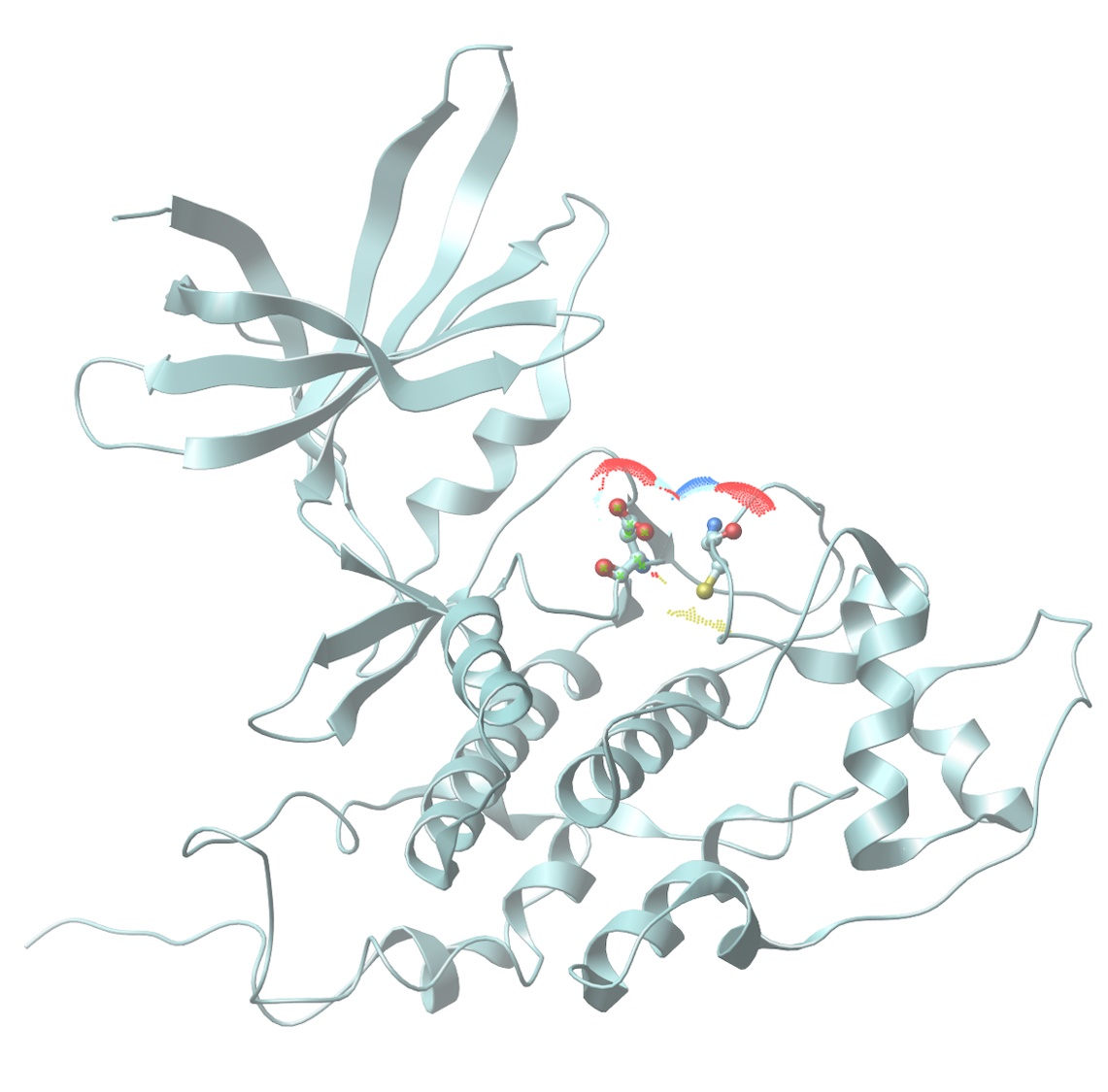
Rotten Egg Gas Could Guard Against Alzheimer’s Disease
Typically characterized as poisonous, corrosive and smelling of rotten eggs, hydrogen sulfide’s reputation may soon get a face-lift thanks to Johns Hopkins Medicine researchers. In experiments in mice, researchers have shown the foul-smelling gas may help protect aging brain cells against Alzheimer’s disease. The discovery of the biochemical reactions that make this possible opens doors to the development of new drugs to combat neurodegenerative disease.
Study to explore if impaired metabolic pathways lead to MS progression
University at Buffalo researchers have received a $957,000 grant from the U.S. Army Medical Research and Development Command to explore the progression of neurodegeneration in multiple sclerosis (MS).
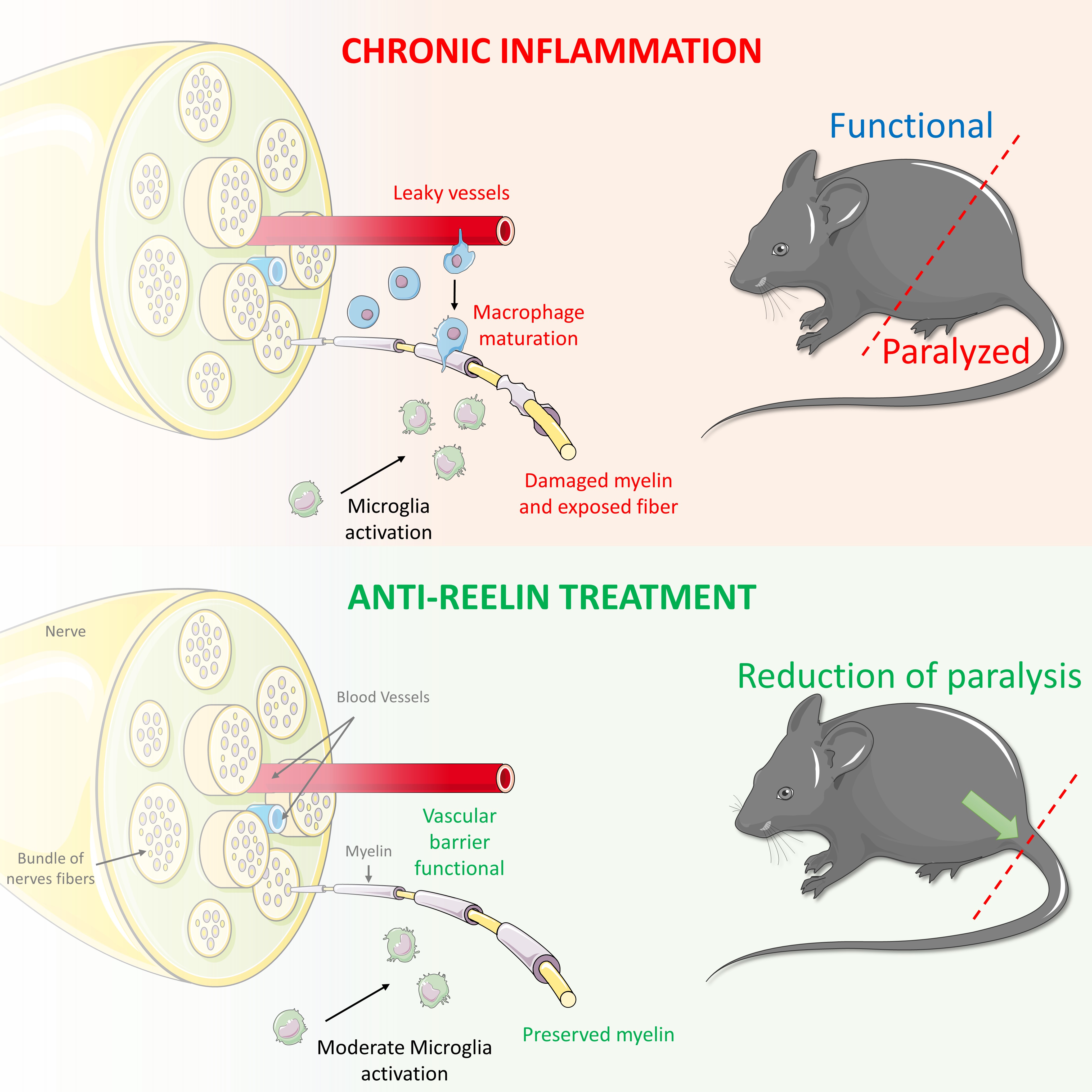
“Reelin” In A New Treatment For Multiple Sclerosis
DALLAS – Aug. 12, 2020 – In an animal model of multiple sclerosis (MS), decreasing the amount of a protein made in the liver significantly protected against development of the disease’s characteristic symptoms and promoted recovery in symptomatic animals, UTSW scientists report.

Researchers make significant step toward blood test for Alzheimer’s disease
Researchers at Washington University School of Medicine in St. Louis have developed a technique to detect minute amounts of a protein fragment linked to Alzheimer’s disease in the blood. The study, which will be published July 28 in the Journal of Experimental Medicine (JEM), shows that levels of p-tau-217 are elevated during the early stages of Alzheimer’s disease and could lead to a simple blood test capable of diagnosing the neurodegenerative disorder years before any symptoms begin to appear.
Novel pathology could improve diagnosis and treatment of Huntington’s and other diseases
Bristol scientists have discovered a novel pathology that occurs in several human neurodegenerative diseases, including Huntington’s disease.
The article, published in Brain Pathology, describes how SAFB1 expression occurs in both spinocerebellar ataxias and Huntington’s disease and may be a common marker of these conditions, which have a similar genetic background.
Star-Shaped Brain Cells May Play a Critical Role in Glaucoma
After a brain injury, cells that normally nourish nerves may actually kill them instead, a new study in rodents finds. This “reactive” phenomenon may be the driving factor behind neurodegenerative diseases like glaucoma, a leading cause of blindness.
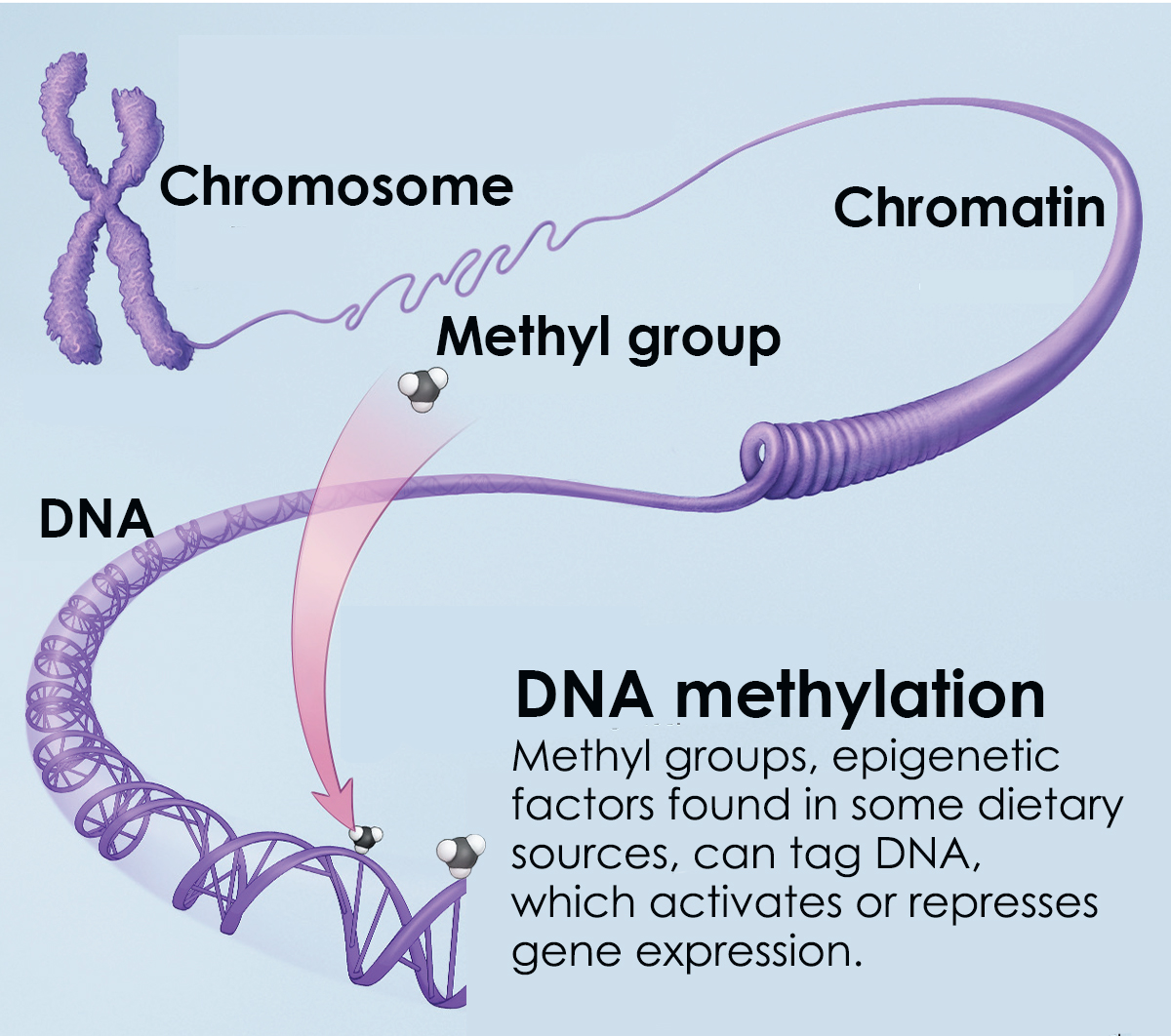
NEI researchers link age-related DNA modifications to susceptibility to eye disease
National Eye Institute (NEI) researchers profiling epigenomic changes in light-sensing mouse photoreceptors have a clearer picture of how age-related eye diseases may be linked to age-related changes in the regulation of gene expression. The findings, published online April 21 in Cell Reports, suggest that the epigenome could be targeted as a therapeutic strategy to prevent leading causes of vision loss, such as age-related macular degeneration (AMD).

MD Anderson announces strategic collaboration with Denali Therapeutics to research and develop targeted therapies for neurodegenerative diseases
MD Anderson announces a strategic research collaboration with Denali Therapeutics to develop new targeted therapies for Alzheimer’s and other neurodegenerative diseases.
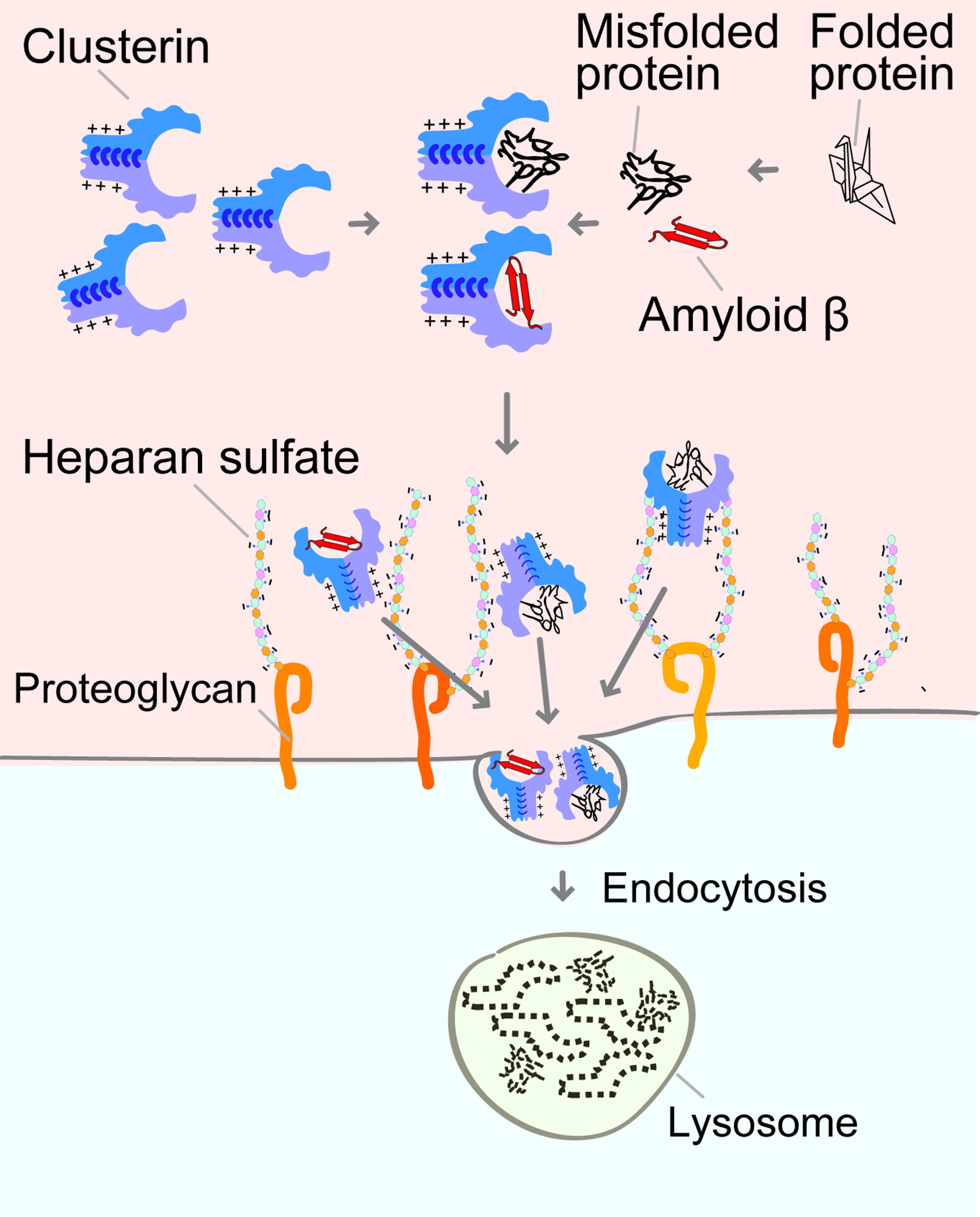
Researchers discover how cells clear misfolded proteins from tissues
Researchers in Japan have identified a new quality control system that allows cells to remove damaged and potentially toxic proteins from their surroundings. The study, which will be published February 18 in the Journal of Cell Biology, finds that the Clusterin protein and heparan sulfate proteoglycans combine to bring misfolded proteins into cells for degradation. The findings may lead to new therapeutic targets for neurodegenerative disorders, including Alzheimer’s disease.
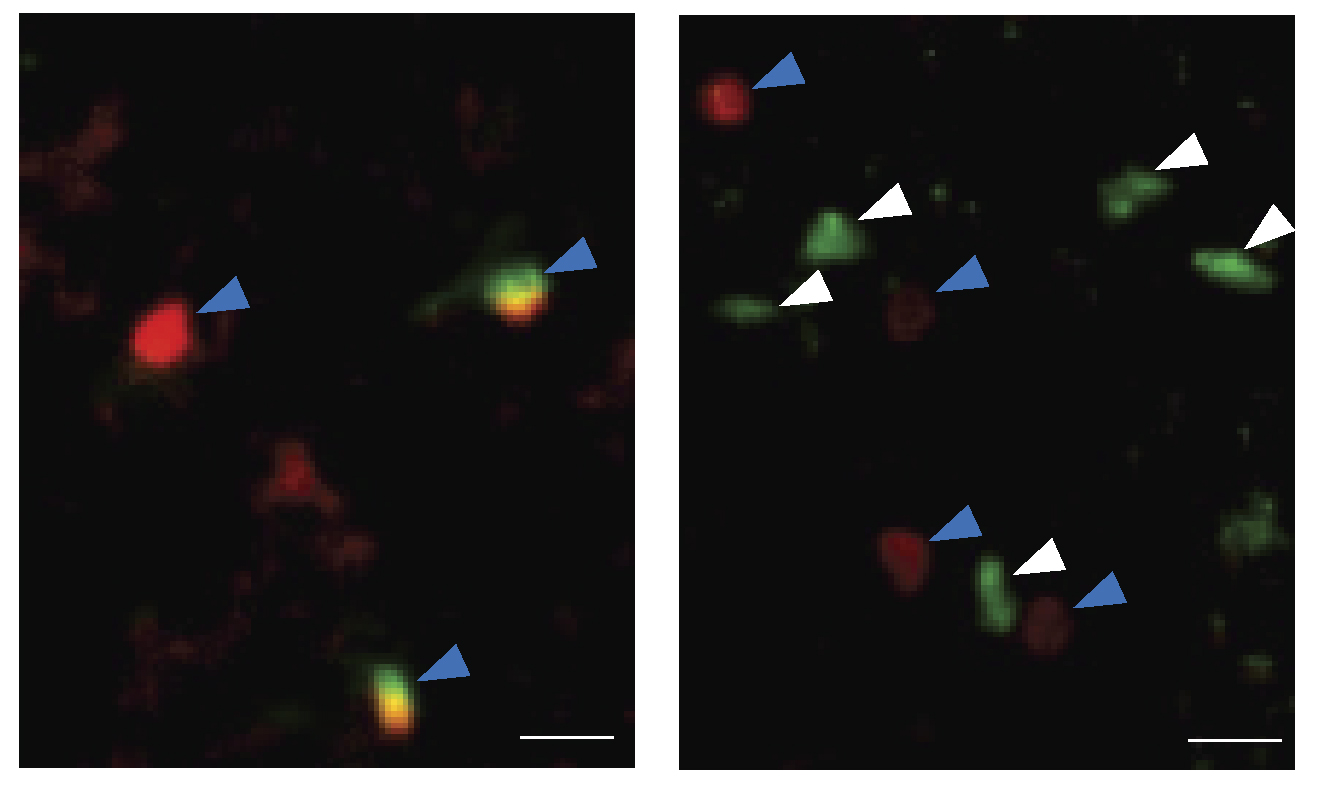
Activating immune cells could revitalize the aging brain, study suggests
Researchers at Albany Medical College in New York have discovered that a specific type of immune cell accumulates in older brains, and that activating these cells improves the memory of aged mice. The study, which will be published February 5 in the Journal of Experimental Medicine (JEM), suggests that targeting these cells might reduce age-related cognitive decline and combat aging-associated neurodegenerative disease in humans.
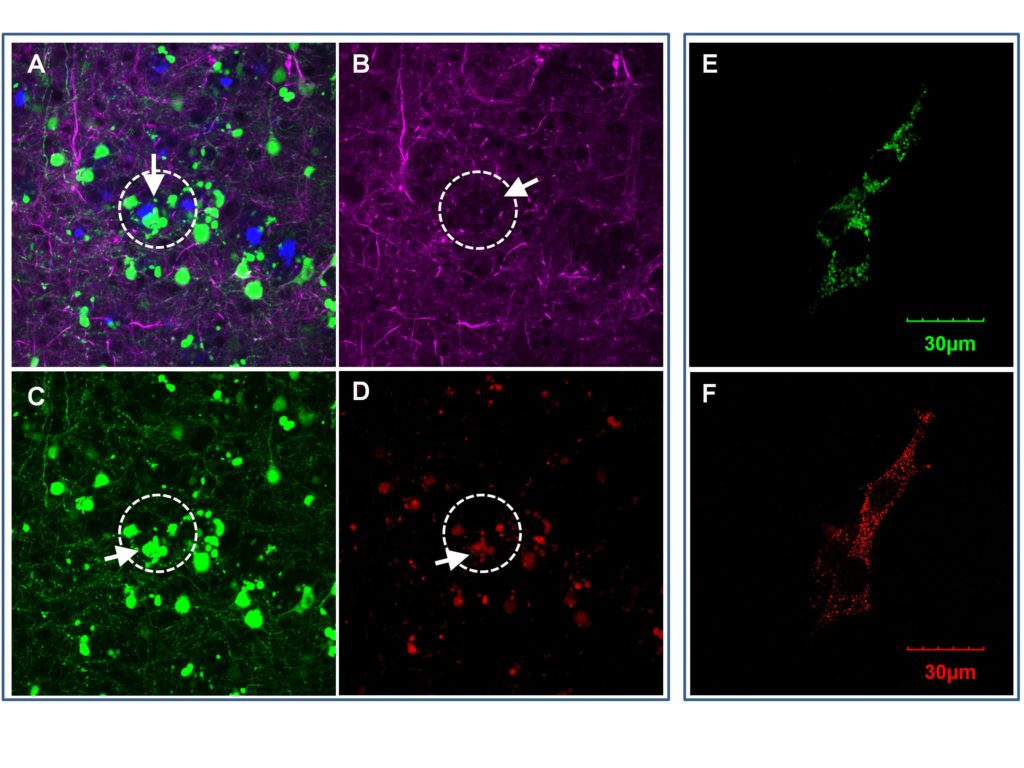
Scientists identify protein associated with ovarian cancer that exacerbates neurodegeneration in Alzheimer’s
Houston Methodist scientists identified a protein found in ovarian cancer that may contribute to declining brain function and Alzheimer’s disease, by combining computational methods and lab research.
Penn Medicine Researchers Receive $9.7 Million NIH Grant to Study Traumatic Brain Injuries and Neurodegeneration
An international team of experts led by researchers in the Perelman School of Medicine at the University of Pennsylvania and University of Glasgow has been awarded a $9.7 million, five-year grant from the National Institute of Neurological Disorders and Stroke (NINDS) and National Institute for Aging (NIA) to establish CONNECT-TBI—a program spanning 12 institutions which will study traumatic brain injury (TBI) and related neurodegenerative diseases.